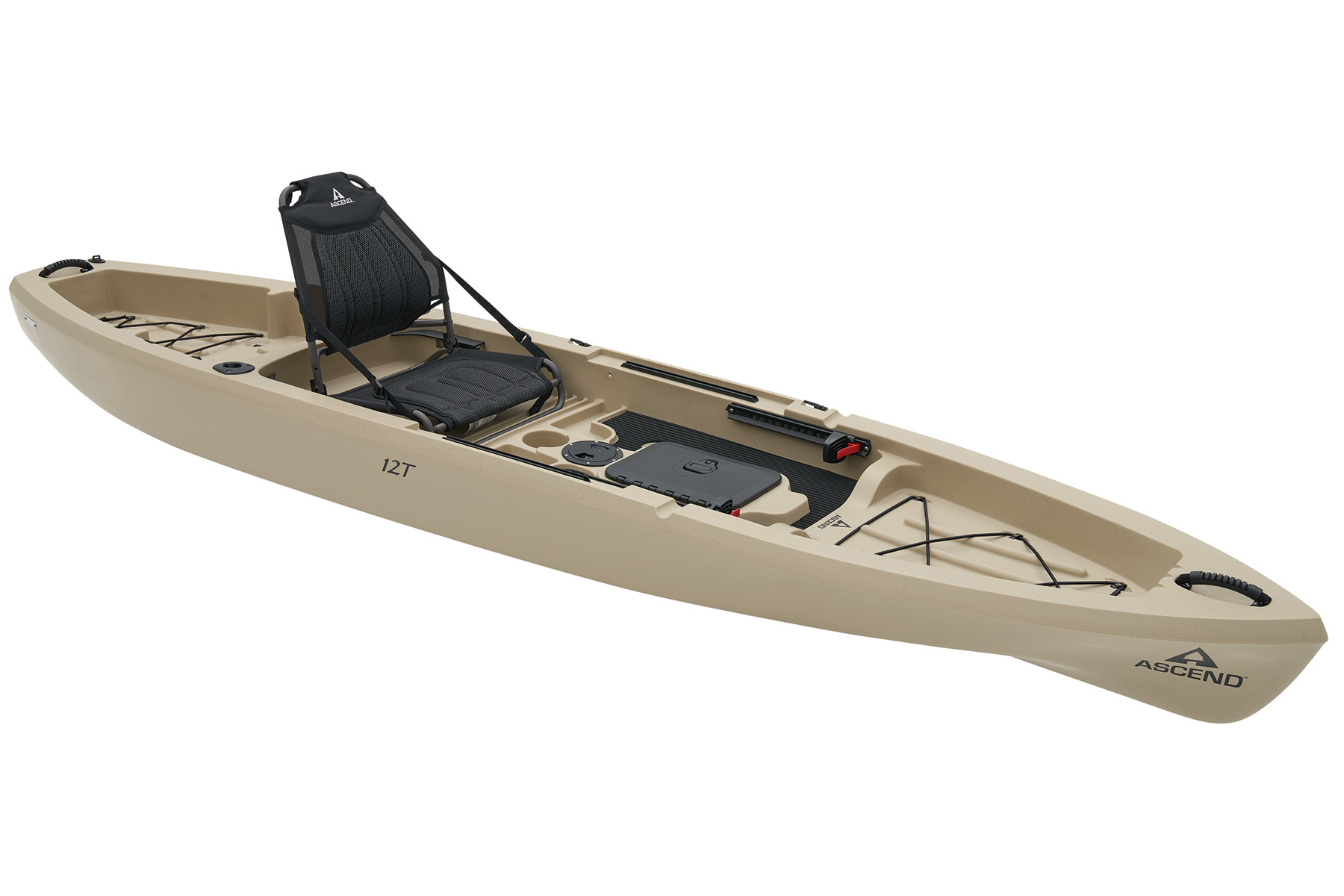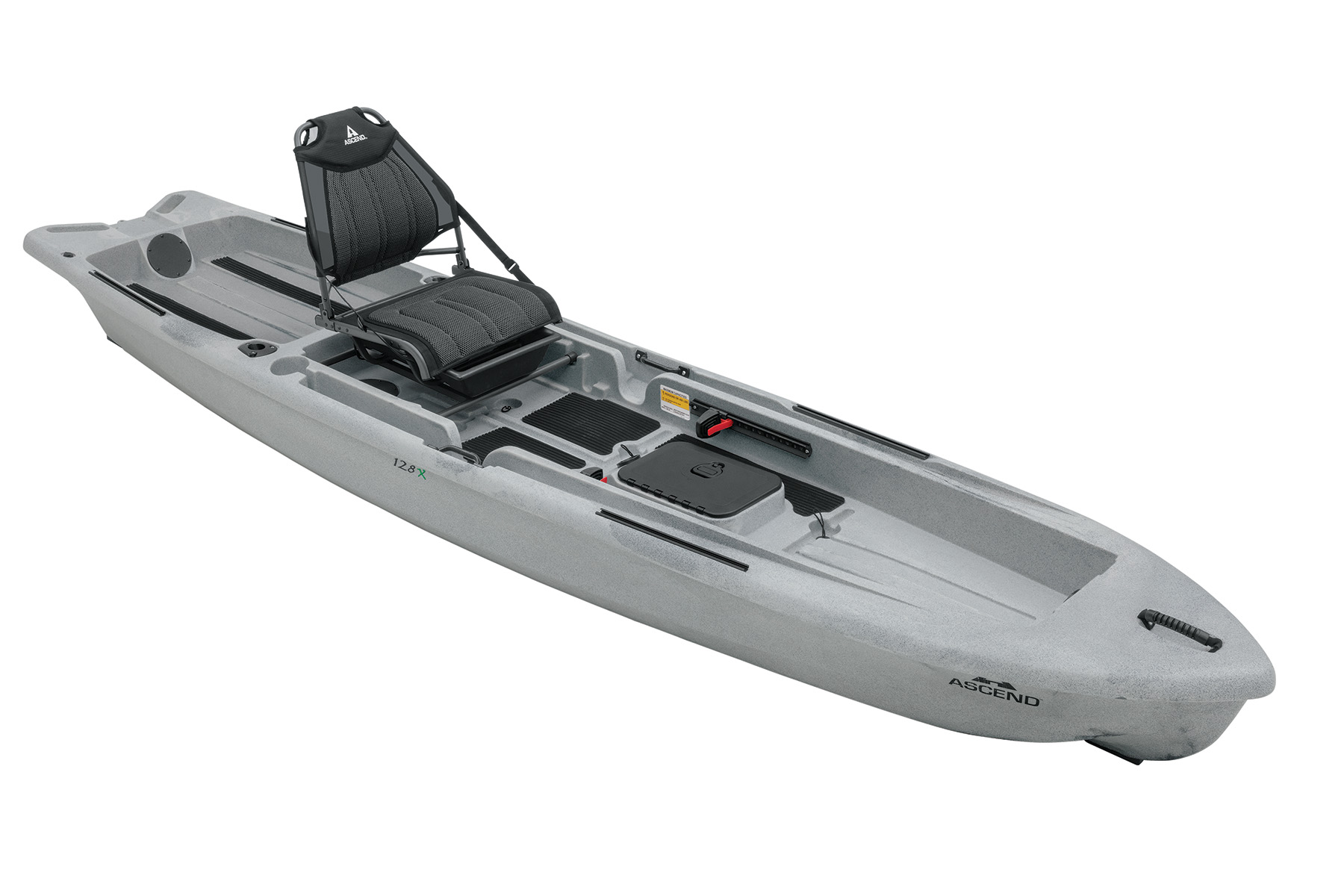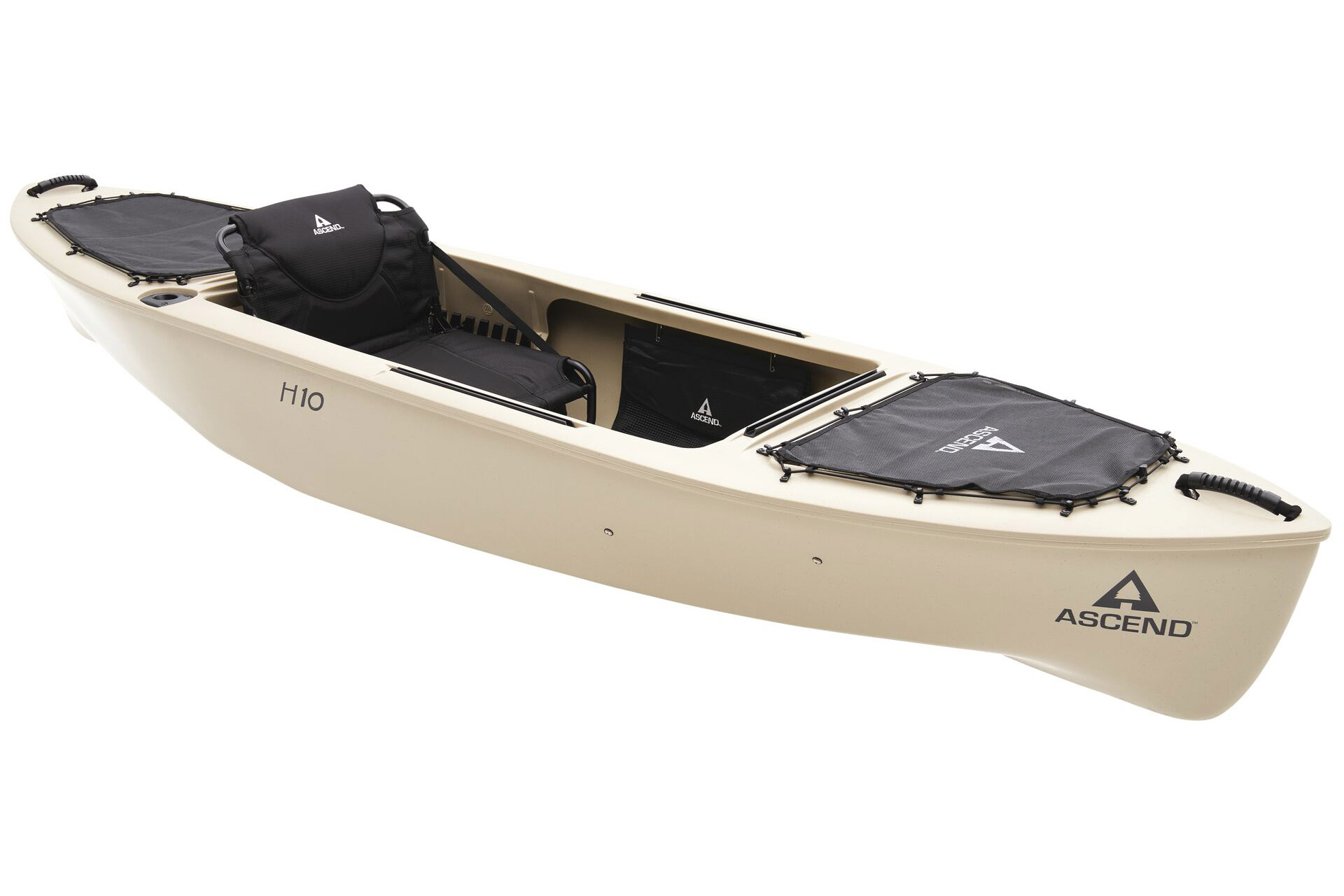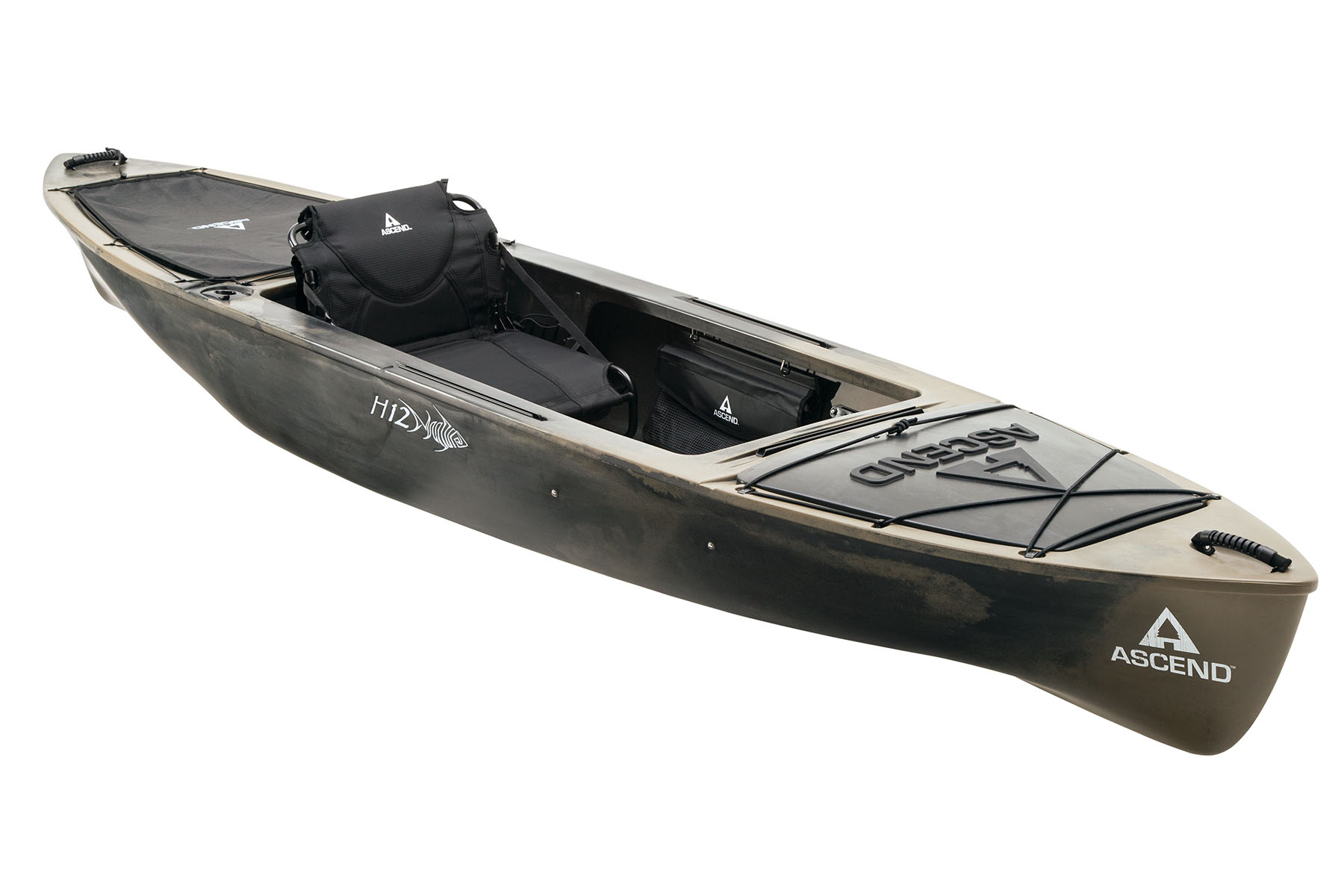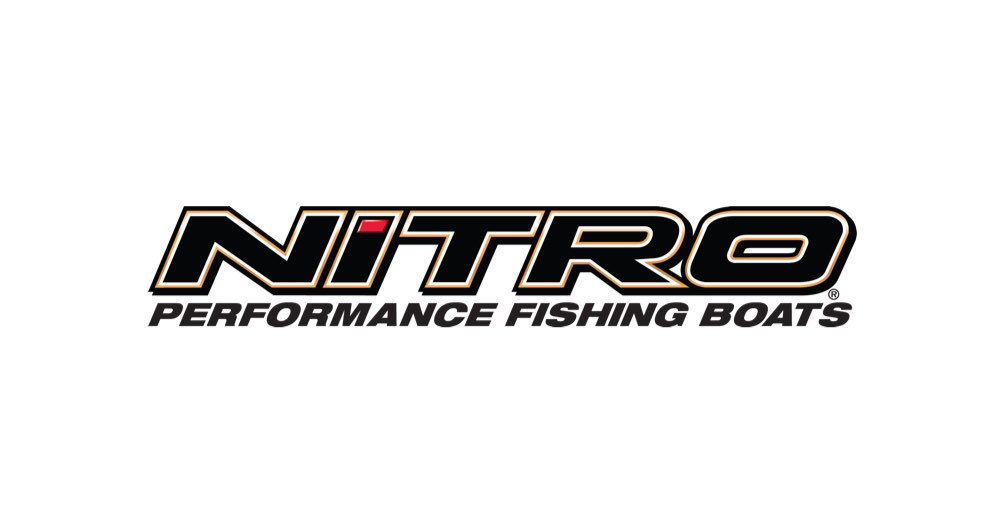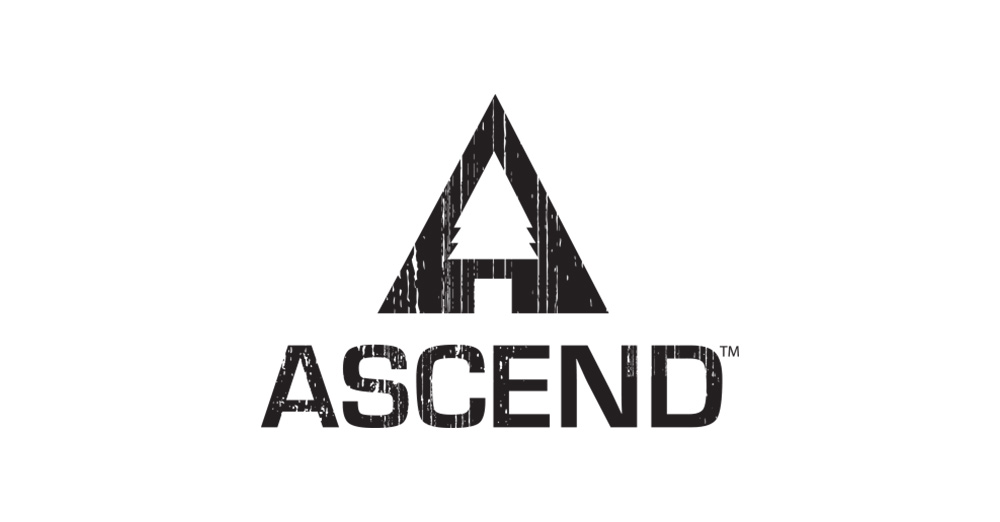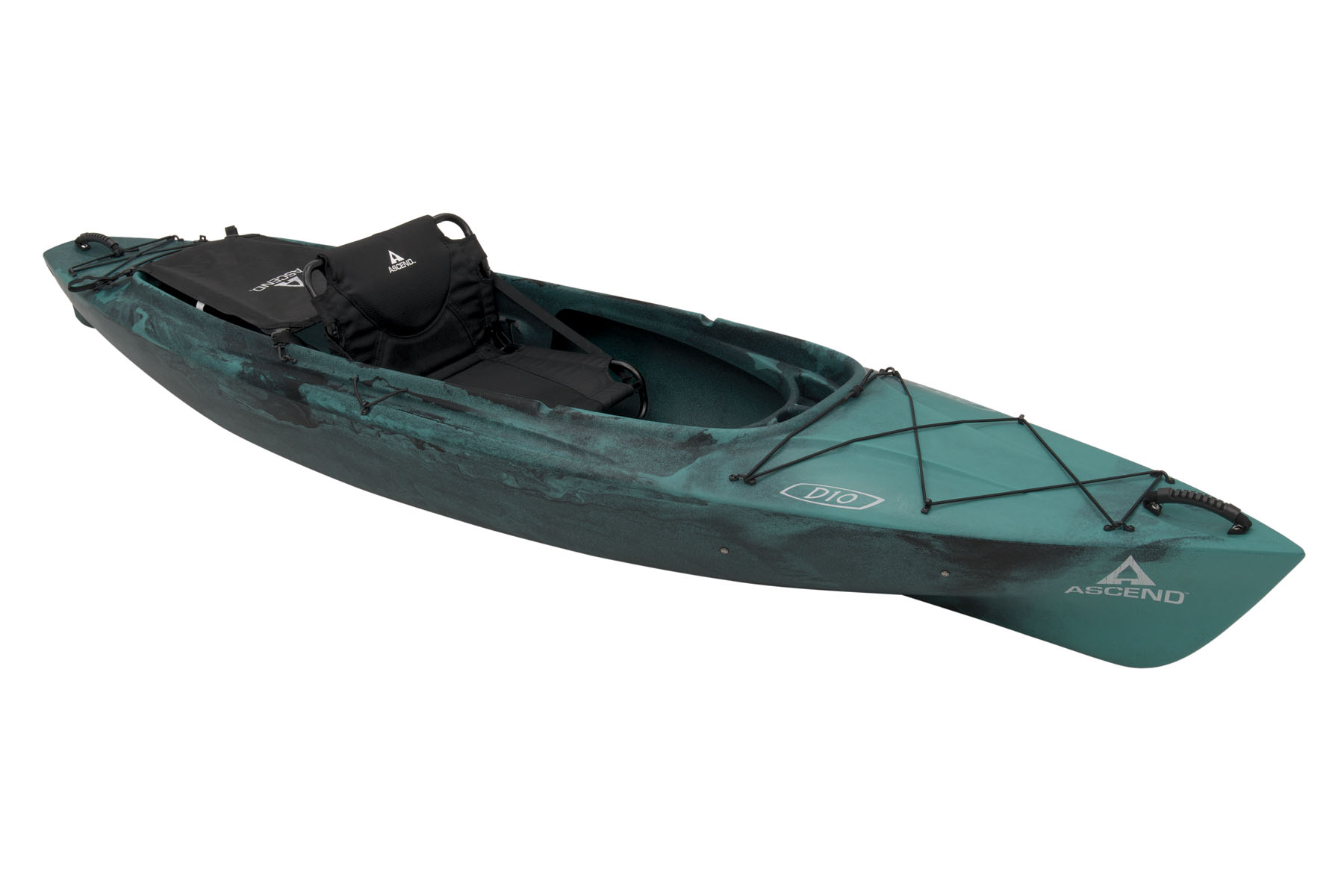
How do I choose a kayak?
Fishing, floating, camping and even hunting. Today's kayaks do it all. The question is how do you select the kayak that is perfect for what you will be doing. Here are some important considerations to think about when you set out to buy the best kayak for your adventure. Think of shopping for a new kayak like looking for a pair of jeans. You want the perfect fit, but you also want to wear the style that fits into the setting you’ll sport them in. Like jeans shopping, your height and weight are about the best means for helping you find the perfect fitting kayak. Find out why that is, and what else you should factor into your decision.
Where Will I Paddle?
Fishing, floating, and hunting kayaks are most often used on ponds, lakes, streams and rivers. Size up those waterways and determine if you’ll be paddling in current. Shorter 10-foot kayaks create less drag on the hull, which makes them easier to maneuver in current. You can also make quicker turns when you encounter sharp bends in a stream or creek.
A longer kayak excels at general floating and in most fishing situations. Longer 12-foot kayaks track straighter when paddled for longer distances across calmer surfaces and without current. You’ll spend less effort steering with the paddles, while using them more for speed and thrust. More storage and capacity is another benefit of a longer kayak. You’ll have more room for camping gear and fishing tackle, but be mindful not to overload it. You can learn more about kayak capacity and loading limitations in our article about capacity tags.
Are Sit-In or Sit-On Kayaks Better?
Which type of water you’ll most often paddle can also help you decide between a sit-on and sit-in kayak. There are advantages to both.
Seat height impacts stability. Seats mounted higher above the water or the kayak floor are common with fishing kayaks. You get increased range of motion for casting, and you can see greater distances in clearer water to spot fish. Higher mounted seats also decrease stability, while it increases with lower seats.
Sit-ons offer easy entry into or out of the boat. If you plan to go swimming, this could be your boat. Sit-on kayaks have drain holes or scuppers that make them self-draining. The combination of self-rescue and self-draining features make them ideal for paddling solo. The open design also exposes the paddler to the elements, such as waves washing over the deck, wind, or cold temperatures. Sit-on kayaks are generally wider, have a higher initial center of gravity, and are more stable. Sit-ons are also virtually unsinkable because of the closed design of the hulls.
Sit-ins are the most popular kayaks for their enclosed cockpits and higher degree of secondary stability. What that means is the kayak tends to stay upright when leaned on its edge for turning and paddling in waves. The narrower hull of a sit-in makes it faster. Less paddling effort makes them ideal for long-range paddling. Sit-in kayaks offer protection from the elements. Water stays out of the hull—or the interior cockpit space—unless you capsize or get caught in a downpour. You get comfort in cold weather, and there’s room for bulkier items like storage bags.
What kayak size is best for my weight?
The most weight you can put in a kayak to keep it afloat is the maximum weight capacity. Kayak engineers determine that by calculating the length, width and displacement (or volume) of the kayak.
Maximum weight capacity is a baseline for how you determine the right size kayak for you. How you do that is take the manufacturer’s maximum weight capacity and reduce it by about 30 percent. That gives you the kayak’s performance or usable weight limit. Here’s why you want to use that formula. A kayak loaded to its full maximum weight capacity will be difficult to paddle, lose stability and maneuverability, and be in danger of capsizing.
You can determine performance of usable weight a couple of different ways. You can take the kayak’s maximum weight capacity and multiply by .7 (for 30% weight reduction).
Here’s an example. The Ascend FS10 Sit-In Kayak has a maximum weight capacity of 325 pounds. Multiply that weight by .7 and you get 227 pounds, which is the maximum performance or usable weight. If you weigh 175 pounds, then you can carry up to 52 pounds of gear.
Here’s another way to do it, if you know the approximate weight of the gear you’ll always carry in the kayak. Take that weight, add your body weight and divide the sum by .7. if you weigh 175 pounds, and plan to carry 25 pounds of gear, then you get a desired maximum usable weight rating of 285 pounds. That easily falls within the FS10’s maximum weight capacity of 325 pounds.
What Kayak Size is Best for My Height?
The dimensions of the cockpit are more important than the kayak’s length. Legroom is the reason why. Tall people—over 6 feet tall—should test a 12- to 14-foot kayak to get a feel for the fit, seat height and available legroom. That’s because taller people—mostly men—tend to have a higher center of gravity, longer legs and bigger feet. The higher center of gravity would decrease initial stability when the paddler is seated. There is no mathematical formula for determining height versus length of a kayak. Test out your choices to find the best fit.
What am I going to do with my kayak?
With so many on-water activities, the lake or river is your oyster. Most folks who are just starting out will just paddle to enjoy the experience, but many quickly look for something else to do while they’re on the water.
Fishing is usually the first step and is where a sit-on shines. Kayaks are the best way to access small and unpressured fishing holes where big boats can’t get to. There are also kayak tournaments around the country that are quickly gaining popularity because of the low entry fees and low cost of ownership of a kayak. Thousands of anglers compete for fun, the camaraderie, and the chance to win some cash.
More advanced and recreational paddlers see kayaks as the best way to go further into the wilderness with camping and hunting gear. As with fishing, some of the most unspoiled places in nature aren’t accessible by big boats, trucks, or even ATVs. Small waterways can take you along a bayou or creek or even down mountain streams, and you’ll need a kayak to get there.
These experiences treat you to the best nature has to offer, all in an inexpensive, fun, and rewarding way to get there and back.
Ready to take on new adventures?
Shop Ascend Kayak Types



Dec. 2022


